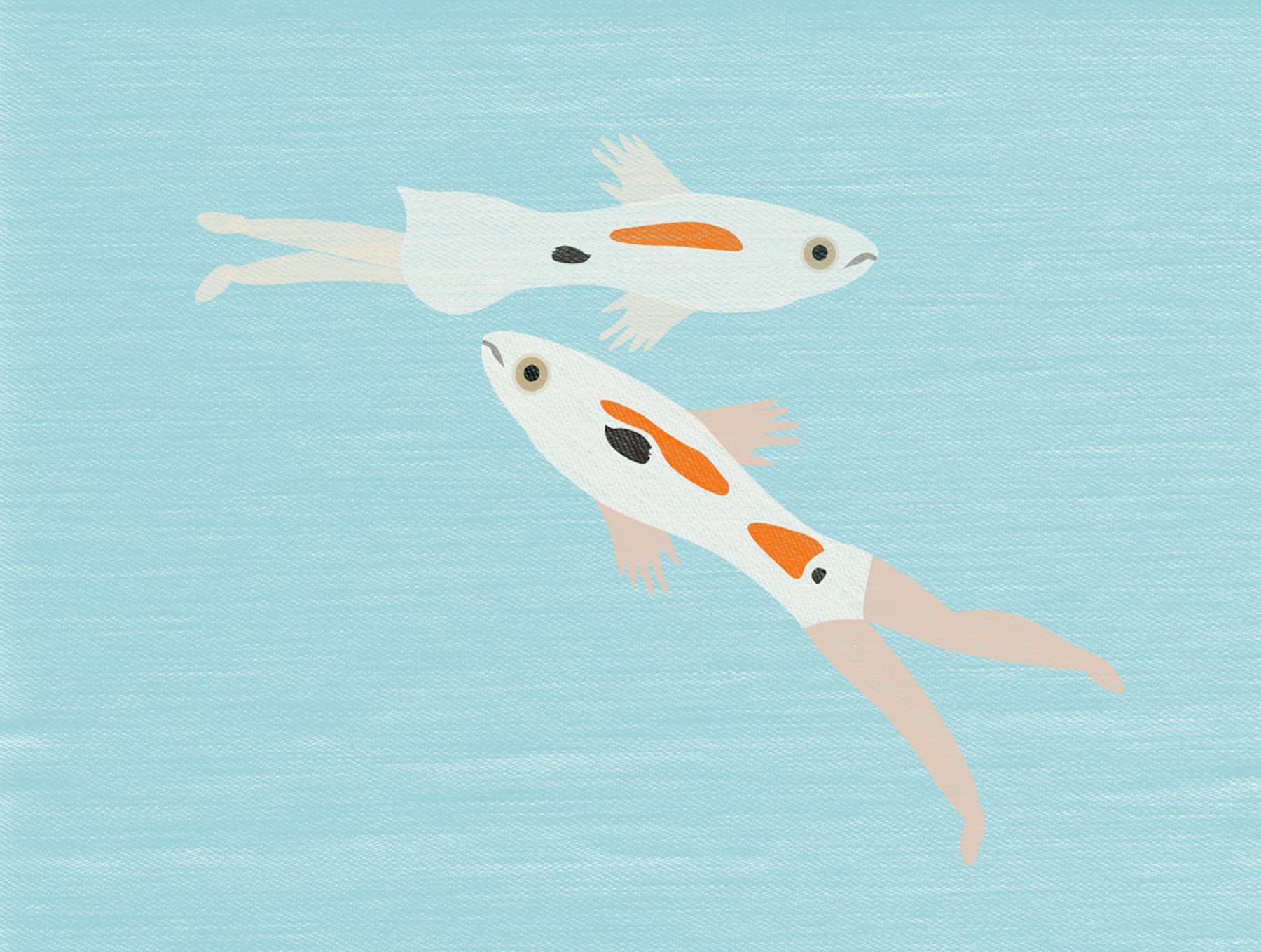Researchers from U of T`s Ecology and Evolutionary Biology department have discovered that male guppies prevent unsuccessful mating by grasping unreceptive females with claws grown at the tip of their genitals. The team of researchers that worked on this study included PhD candidate Lucia Kwan, former graduate student Yun Yun Cheng, and Professors Helen Rodd and Locke Rowe.
The study speculated on two potential purposes for these genital claws: to transfer sperm more easily to the unreceptive female or to hold on to the unreceptive female during mating to ensure transfer of sperm.
Phenotypic engineering was used to determine the purpose of the genital claws, meaning the claws were surgically removed from a group of males. The amount of sperm transferred to both receptive and unreceptive females by the declawed males was compared to the amount transferred by males with their claws intact. The results showed that clawed males transferred up to three times more sperm to unreceptive females than declawed males. Since there was no difference in sperm transfer to receptive females between the male groups, it appears that the genital claws actually developed on the male guppy in response to sexual conflict between male and female guppies to force mating with unwilling females.
With files from Nature World News


